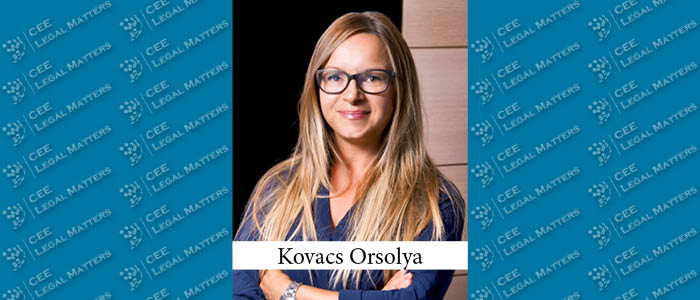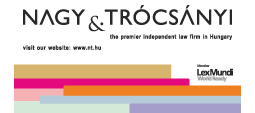I’ve always been very interested in trends and statistics, and recently have been looking at potential trends in applications for a legal award. Based on the call for submissions, you can apply in six categories, which include, of course, very trendy topics such as data protection, digital solutions, and ESG, the more traditional ones of M&A and intellectual property, but for the sixth consecutive year, there is a tax law category. Moreover, not only does such a category exist, but the number of applicants is outstanding.
Except for one, the applications with recognizable content are stories of successes in tax procedures. At the same time, all these successes represent another real success in light of the statistics published by the Hungarian tax authorities.
In 2020, according to the published tax authority statistics, 5,498 ordinary appeals and objections were submitted against the decisions made at the first instance (6,158 including deferred applications), of which 5,447 substantive decisions were made (4,859 qualified the decision of the lower authority as legal). The success rate of the Hungarian tax authority was 89.1% in this phase. At the same time, the success rate of the tax authority was 77.6% in first-degree legal proceedings against final decisions (numbering 2,490), and the success rate of the tax authority was 70.5% for 283 judgments passed by the Supreme Court (Kúria) (against the final decision of the first-instance court).
In 2021, the numbers are similar: 6,384 ordinary legal remedies were submitted to the second-level tax authority; out of 5,782 substantive decisions, 5,125 considered the tax authority’s decision to be legal – a success rate of 88.5%. At court stages, the success rate of the tax authority in first-instance proceedings was 77.8% for 873 judgments and 71.3% for 248 judgments before the Supreme Court.
In 2022, 5,055 (including 5,526 deferred appeals) were submitted to the second-level tax authority, which considered the tax authority’s decision legal in 87.7% of 5,122 substantive decisions. At court stages, the success rate of the tax authorities in first-instance proceedings was 79.8% for 640 judgments and 62.2% for 197 judgments before the Supreme Court.
At the same time, these numbers are nuanced by several aspects. First, the number of legal remedies submitted by taxpayers and, as a consequence, the number of judicial proceedings, is constantly decreasing. By this I mean not only that the number of judicial reviews is very low compared to the legal remedies at the tax authority stage, but also that their number is decreasing compared to the previous year.
Second, the other side of the tax authority’s case wins, the taxpayer’s case wins, are almost never final case wins. In fact, either a decision is made instructing the tax authority or the court proceeds with a new procedure – and the result of repeated procedures presumably increases the tax authorities’ case success rate. For example, in 2022, out of 640 judgments, 511 upholding and 85 ordering new proceedings were legally binding decisions, 54 out of 197 judgments at the Supreme Court were upholding and 46 decisions made the tax authorities and 38 made the courts binding to a new procedure.
Third, lawsuits for compensation for damage caused by public administration are also initiated - but an extremely small number. In 2020, 11 lawsuits for compensation for damage caused by public administration were initiated or were pending against the Hungarian tax authority – five lawsuits were concluded: in two cases, the tax authority won, and in three cases, the trial was terminated. In 2021, nine such lawsuits were ongoing and one was closed – in which only a fraction of the claim was awarded to the taxpayer. In 2022, six such lawsuits were initiated – in five of those cases, rejection judgments were reached, and in one case, the Hungarian tax authority undertook to pay HUF 3 million (approximately EUR 7,720) as part of a settlement.
Finally, as the application materials referred to in the first paragraph of the article also indicate: in more and more cases, the claims submitted by taxpayers contain – in the case of harmonized areas of law – a motion for a preliminary ruling and/or a motion for a decision by the Constitutional Court. If we look at the statistics on this, during 2020-2023, there were 16 Hungarian tax law-relevant preliminary ruling procedures. There is also a range of tools available for the involvement of the Constitutional Court, however, taxpayer complaints leading to results are very rare.
The only question from me then: Are the trends the same in other countries?
By Orsolya Kovacs, Partner, Nagy & Trocsanyi


